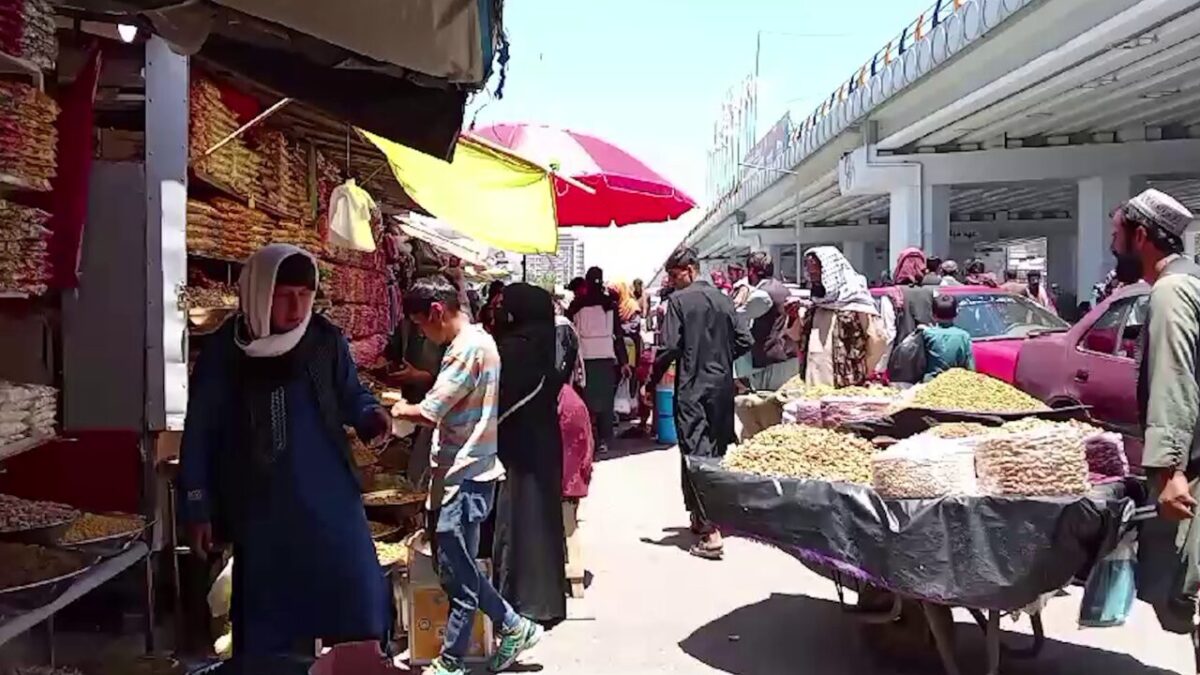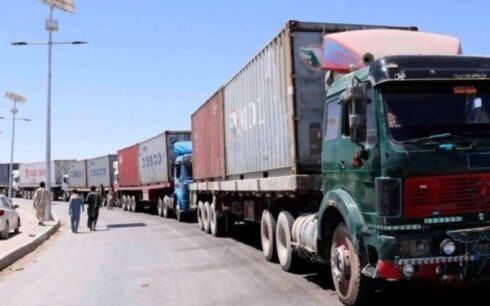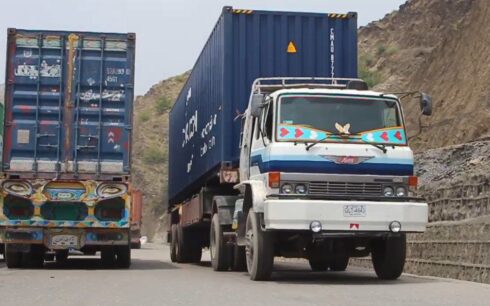As Eid al-Adha approaches, the bustling markets of Kabul are filled with shoppers preparing for the festival. Both men and women scour the stalls for holiday essentials, yet beneath the surface, economic hardships are palpable.
Dry fruit sellers in Kabul reported a significant drop in prices compared to previous years. The cost of pistachios, almonds, and walnuts has decreased by up to 200 Afghanis, offering some relief to buyers. “Two years ago, a kilogram of pistachios cost 900 Afghanis. Now, it’s 650 Afghanis, but business is still slow,” said Qalandar Shah, a shopkeeper.
The decline in prices reflects a broader economic struggle. Pistachios have fallen from 900 Afghanis to 650 Afghanis per kilogram, almonds from 800 to 550 Afghanis, and walnuts from 850 to 600 Afghanis. Despite these reductions, many Kabul residents find it challenging to afford even the basics.
Mohammad Jan, a 64-year-old shoe polisher, expressed the daily reality for many. “Any day I can afford enough food for my children is Eid for me,” he said. Earning around 30 Afghanis a day, he struggles to provide for his family. “If there was food and income at home, every day would be Eid. But without work and money, people remain hungry.”
This sentiment is echoed by others in Kabul. “We don’t understand celebrating. Our children are hungry, there’s no bread at home, no work,” said Zarifullah, a Kabul resident. Street vendor Nazar Mohammad shared a similar plight: “It’s been a year since I brought fruits home. What can I do with 300 Afghanis—buy bread or pay rent?”
A recent report from the United Nations Office for the Coordination of Humanitarian Affairs (OCHA) highlighted the severity of the situation, revealing that nearly 24 million Afghans are in need of humanitarian assistance.
As Kabul’s residents prepare for Eid al-Adha, the festivities are overshadowed by the stark reality of economic hardship, reflecting a deeper crisis that continues to grip the nation.





